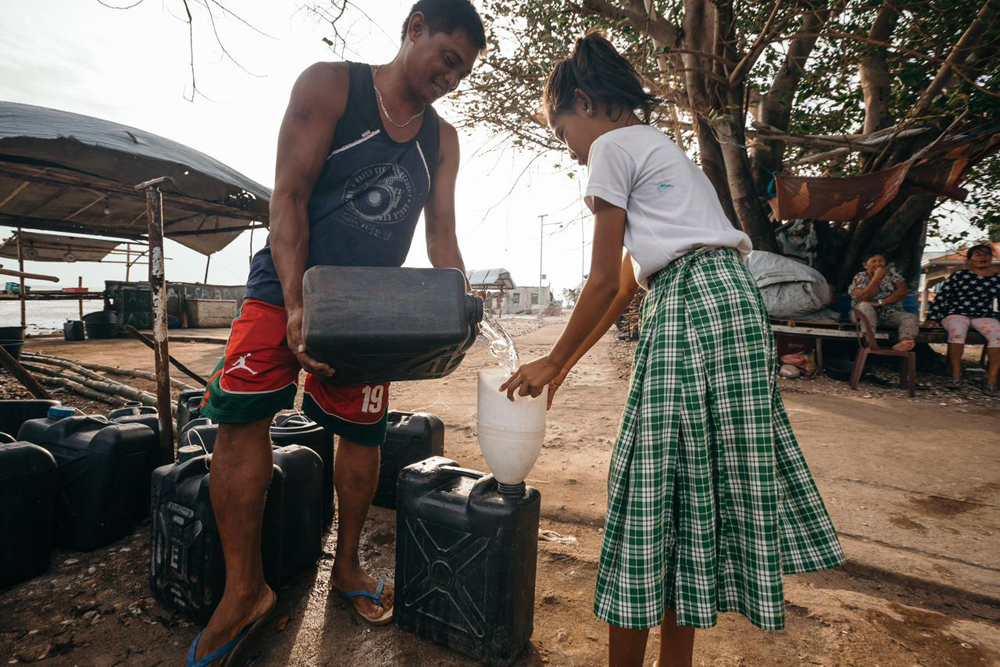It was more than a year ago when typhoon “Odette” made its first landfall in Visayas, leaving massive destruction in its wake. Among one of the hardest hit areas, Cebu City suffered property damages as high as P1.7 billion.
Apart from uprooted trees, flooded streets, roofs ripped from homes, and toppled electricity posts littered throughout its streets, Typhoon Odette also revealed a glaring vulnerability in Cebu’s drinking water systems.
Among Cebuanos it was already known how the supply of potable water was increasingly failing to meet the rising demand; but with electricity compromised, pumps across the island province were left powerless.
With even less water than what their meager supply provided before, the health and welfare of hundreds of thousands were at risk.
It took weeks for basic services–including electricity–to resume after typhoon Odette. Disaster recovery efforts proved to be more costly than usual, with some residents able to rebuild, while others were not.
But for water supply, in particular, the recovery it has made seems to not be enough to cover the needs of all.
While the Queen City of the South continues its march towards progress, this basic component of everyday life may be lagging behind, becoming increasingly inaccessible. Should this alarming trend continue, it can threaten the health and safety of Cebuanos, and pose more threats down the line to livelihood, food security, and local businesses.
One key sector that is still left reeling, after more than a year since the calamity, is Cebu City’s own agriculture. For an industry as water-dependent as farming, anything beneath a steady supply could be possibly detrimental.
Eliseo Cantano and his family, one among hundreds of Cebu’s small farming families, admits to feeling the heat.
“Life is hard for us upland farmers. The water is sourced from our area but we ourselves do not have water. Our livelihood is affected by efforts to protect the water resource for lowland residents,” Cantano said.
In their farm based in Sitio Cobcawa in the mountain barangay of Adlaon, Cebu City, Cantano and his fellow farmers bemoan how their modest provisions have been compromised as well due to limited supply all over the island.
Cantano’s family cultivates sweet corn, cauliflower, tomatoes, kangkong and pechay. But with the current shortage, they had to endure several instances where crops had to be sacrificed so their household could have enough water to use.
“Water is the most important resource. It’s essential not just to the day-to-day household activities, but also our livelihood. But during a drought, unfortunately, we have to sacrifice our crops to prioritize the needs of our families,” Cantano said.
Cebu’s modern history of water shortage had time and time again prompted proposals to the local government in finding alternative solutions to address the problem. For most of its locals in the mountain barangays, they are resigned to the fact that water scarcity is a cruel part of their daily lives.





